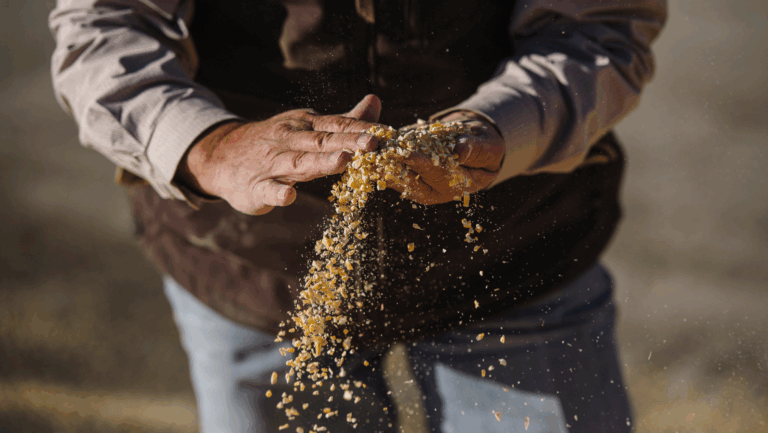Family Farms Remain Critical to U.S. Agriculture
Find out how family farms contribute to the nation’s ag industry
There’s no denying the importance of family farming. The USDA reports family farms as an essential part of United States (U.S.) agriculture, contributing approximately 99 percent of America’s 2.1 million farms, and 89 percent of agricultural production. A family farm is classified as any farm organized as a sole proprietorship, partnership, or family corporation, excluding farms organized as nonfamily corporations or cooperatives, as well as farms with hired managers.
On an annual basis, very large family farms gross more than $500,000 while large family farms gross between $250,000 and $500,000. Moreover, an estimated 70 percent of U.S. farmland will transition ownership of the operation in the next 20 years, making farm succession planning a critical component for long-term success.
Operating a multi-generational family farm is a rewarding experience offering many advantages and benefits for farmers and ranchers. For example, AgAmerica’s Texas Correspondent Lender, Hunter Helms, a fifth-generation cotton farmer and cattle rancher, raised in the rural town of Rotan, Texas understands the intrinsic value of the land and the science behind farming. Not only does he enjoy working the land he loves and helping run a business, but he takes pride in contributing to the community in which he was raised in.
Finally, family farms play an important role in supporting the competitiveness and sustainability of the agricultural industry’s economy, as well as protecting the environment and natural resources they operate with.
See more: Future Generations in Agribusinesses
AgAmerica Lending’s custom loan packages are crafted to help family farms grow, diversify, and expand their operation for long-term success that lasts for generations to come. If you have any questions regarding a customized loan package to meet your agribusiness’ needs, contact us today to speak with one of our team members.






